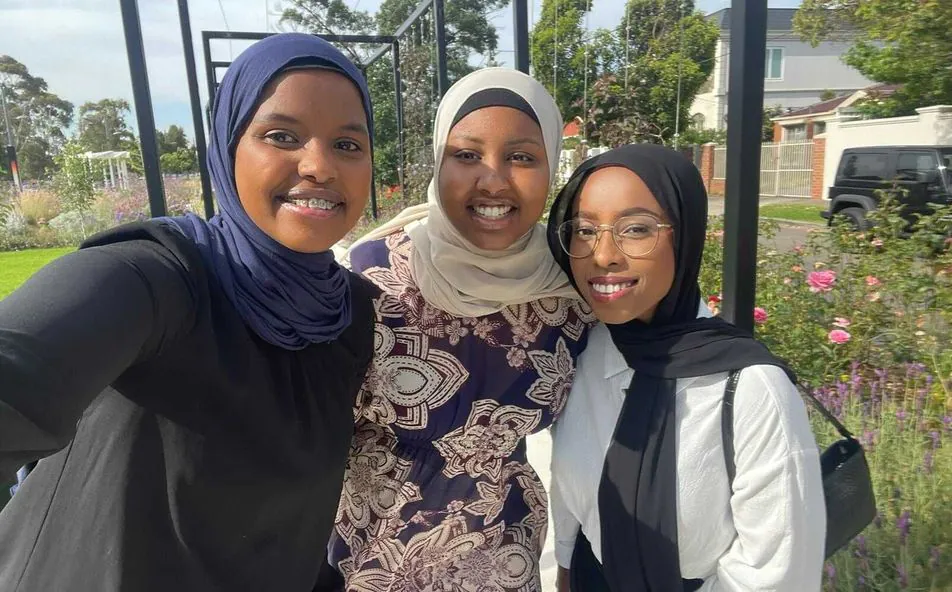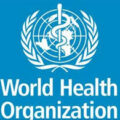By Caroline Kingori
Young people in the US between the ages of 15 and 24 bear a disproportionate burden of sexually transmitted infections (STIs). Nearly 50% of reported STIs occur in this age range. While these rates vary by different ethnic and racial groups, immigrant and refugee populations have poorer sexual health outcomes. One third of refugees migrating to the US are from African countries, most from Somalia. In Somalia, STI rates among youth are low. But immigration and acculturation appear to increase the risk of infection.
In general, immigrants and refugees encounter myriad barriers as they traverse a complex health system. We have little data on access to health care services among different African immigrant and refugee groups. For Somali refugee and immigrants, barriers to care are exacerbated by:
1) Language and literacy – Most speak little English and often have challenges expressing themselves to health care providers. This can lead to frustration and misunderstanding which can further deter seeking care.
2) Inadequate health advocates familiar with Somali culture – Medically trained translators familiar with the Somali language and cultural practices are few. Patients shy away from seeking care if they perceive that their cultural beliefs will be ridiculed or ignored.
3) Taboo against talking about sex – Talking about sex and sexual health is frowned upon.
4) Insufficient knowledge about STI prevention – Lack of knowledge can be a barrier to safe sex practices for Somali youth who have relocated to the US and are more likely to engage in risky sexual behavior than they were in their native country.
5) Inaccurate sexual health information from friends and media – Somali youth may opt to find information via media or friends. They may be exposed to inaccurate information that can be detrimental to their health.
6) Lack of transportation – Inability to drive or poor knowledge of bus routes may cause Somali youth to forgo doctor’s appointments or deter adherence to medical protocol.
Since Somali youth are caught in-between their parents’ and the mainstream American culture, it is important to examine multiple risk factors while developing solutions that are culturally acceptable and involve multiple stakeholders.
My colleagues and I conducted a study to examine sexual health knowledge among young Somali adults and barriers to health care. We interviewed 27 immigrant and refugee Somalis between the ages of 15 and 25 in central Ohio. Just over half of our respondents were female, 59% were born in Somalia, and the rest relocated to the US from other countries when they were five years old or younger. Our respondents identified, three overarching barriers: religion, culture, and stigma.
Sound strategies should recognize the cultural and religious influences and offer creative ways to negotiate both cultures without compromising the essence of the message.
With regard to religion, the young adults reported that they were prohibited from attending sex education courses and using contraceptives. Many suggested that mosques might be a good place to get information about sexual health services due to familiarity and cultural acceptability. However, some young adults preferred receiving information from doctors or the internet.
In relation to culture and stigma, participants reported that sexual topics were frowned upon due to a belief that sexual education would lead to promiscuity or sexual activity. They suggested that songs or poems representing Somali culture can be used to communicate acceptable sexual health information. Young Somalis living in the US are caught between their parents’ culture and the mainstream American culture. Sound strategies should recognize the cultural and religious influences and offer creative ways to negotiate both cultures without compromising the essence of the message.
Working with Somali immigrant and refugee young adults was a rewarding experience. As a researcher who hails from Africa, it was good to go back to my roots to understand the intricacies of navigating a foreign culture while trying to remain true to where you come from.







